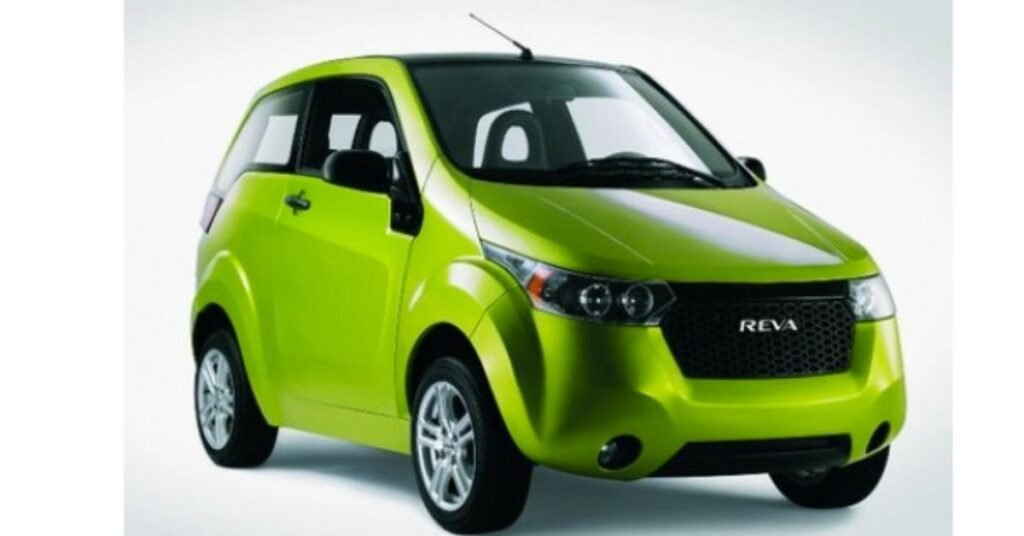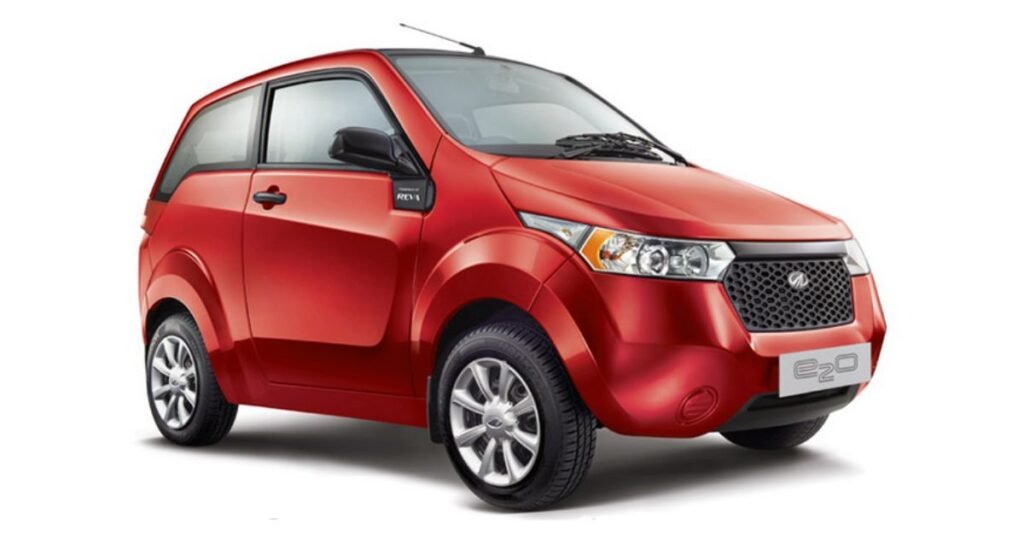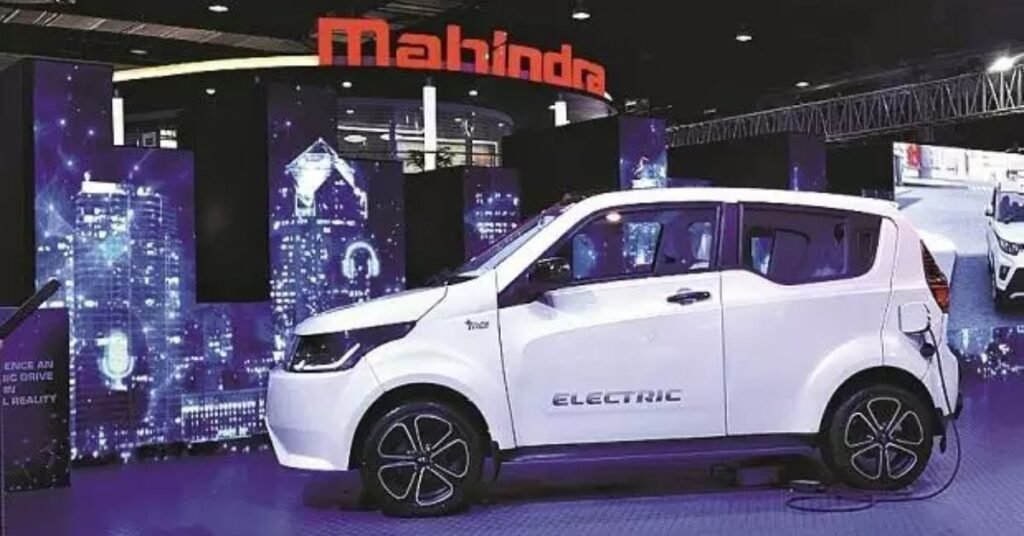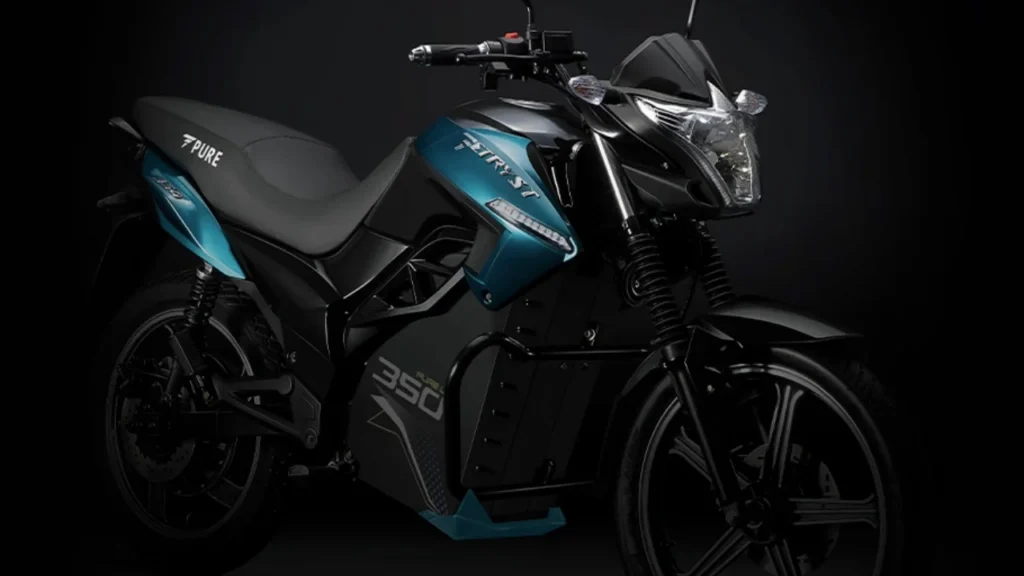EVs are becoming more popular in India as a cleaner, greener alternative to conventional automobiles. However, EVs are not new in the country. Indian electric automobile development dates back to the early 1990s and is fascinating. The First Electric Car Launch in India, its characteristics, obstacles, and influence, and the existing and future EV market in India will be examined in this article.
First Electric Car Launch in India: History

Eddy Current Controls, a Kerala-based startup, made the two-seater Lovebird, India’s first electric car. The Lovebird won multiple accolades at the 1993 New Delhi Auto Expo for its revolutionary design and technology. Its DC electric motor and four-speed gearbox gave it a 60-km range per charge. The battery charged in 6–8 hours, and the automobile couldn’t climb steep slopes over 15 degrees. To boost sales, the government gave Rs 80,000 for the 2.5 lakh automobile. Only 25 Lovebirds were sold, largely to institutional and private users. Lack of demand and government backing ended Lovebird production in 1996.
Range: Battery Technology Challenge
The Lovebird and other early Indian electric cars struggled with battery range and performance. The Lovebird’s lead-acid batteries were heavy, expensive, and short-lived. Batteries were inconsistent and inefficient, requiring frequent maintenance and replacement. Many buyers avoided electric cars due to range anxiety and hefty ownership costs. Lack of charging infrastructure and standardisation also hindered electric car uptake in India.
Company: REVA’s Rise and Fall
Next, India’s first successful electric car, REVA, was launched in 2001. The Maini Group of Bangalore and Amerigon Electric Vehicle Technologies (AEVT) of the US formed the Reva Electric Car Company (RECC) to develop REVA. REVA was a charming, tiny electric automobile for urban mobility and sustainability. A single charge gave it an 80-km range and 65 kmph top speed. Remote diagnostics, solar roof, and regenerative brakes were also included. REVA sold for Rs 3.5 lakh in the UK, France, Norway, and Japan. REVA was India’s and the world’s best-selling electric automobile.
However, several carmakers launched electric and hybrid vehicles in India, challenging REVA. REVA also failed to meet changing client expectations and escalating production and marketing costs. RECC became Mahindra Electric after being acquired by India’s leading automaker Mahindra & Mahindra in 2010. Mahindra Electric introduced the e2o, eVerito, and eKUV100 electric automobiles, but none could equal REVA’s popularity.
Also Read This: Techo Electra Neo EMI Plan: Affordable Electric Scooter for Urban Commuters
Electric car technology evolution

The powertrain, battery, and electronics of electric cars have improved over time. The electric motor, gearbox, and controller transform battery energy into mechanical energy to drive the wheels. From DC to AC motors, single-speed to multi-speed gearboxes, and analogue to digital controllers, powertrain technology has improved efficiency, performance, and dependability.
Electric cars run on batteries, which store energy and power the motor. Lithium-ion batteries provide higher energy density, longer life lifetime, faster charging, and lower weight than lead-acid batteries. The electronics system monitors and controls electric car functions and features with sensors, actuators, and software. Smart charging, remote access, telematics, and networking are now possible thanks to modern electronic technology.
Battery: Electric Car Success Key
The range, performance, cost, and convenience of an electric car depend on its battery. Over time, battery technology has improved, but it can be enhanced more. Battery technology faces these challenges:
Many buyers cannot afford electric cars since the battery makes up a big portion of the cost. Battery cost depends on materials, production, and recycling, which must be more efficient and affordable.
Capacity: Electric cars’ range is restricted by battery capacity. To increase energy density and storage, cell chemistry, design, and management must be improved to increase battery capacity.
Charging: Electric car convenience and usability depend on charging time and availability. To shorten charging time and boost charging possibilities, charger power, voltage, and current, as well as charging infrastructure compatibility and standardisation, must be improved.
Electric Cars in India: Success or Failure

Also, Electric automobiles in India are enjoying some success but still facing certain obstacles. Positive tendencies include:
Policy: India’s Faster Adoption and Manufacturing of Hybrid and Electric Vehicles (FAME) scheme, National Electric Mobility Mission Plan (NEMMP), and GST reduction encourage electric car adoption. These regulations aim to lower costs, boost demand, and establish an electric car ecosystem in India.
Electric car sales in India have expanded steadily as buyers become more aware, accepting, and prefer them. Electric cars’ market share in India rose from 0.06% in 2017 to 0.29% in 2020 and 5% by 2030. Tata Motors, Mahindra Electric, MG Motor, and Hyundai dominate the market with a variety of models and versions for distinct consumer categories.
Innovation: New and rising firms like Ola Electric, Ather Energy, Simple Energy, and Strom Motors are creating and introducing innovative and cheap electric automobiles for the Indian market. These companies are using AI, IoT, and blockchain to develop smart, connected electric automobiles with better features and services.
The issues persist:
Charging stations, grid connectivity, and power quality are lacking in India’s electric car infrastructure. The infrastructural gap reduces electric car range, usability, and customer confidence. To accommodate India’s expanding demand and variety of electric automobiles, infrastructure must be updated.
Electric car awareness in India is low, with many myths, misconceptions, and disinformation among customers. The awareness gap influences customer perception and preferences and hinders electric car uptake in India. Education, communication, and demonstration of electric car benefits in India are needed to raise awareness.
Collaboration: The government, industry, academia, and civil society of India are still not working together on electric car issues. The collaboration gap in India inhibits electric car development and deployment and causes systemic disputes and inefficiencies. Dialogue, partnership, and alignment of electric car vision, goals, and actions in India must deepen and streamline collaboration.
The Future of Indian Electric Cars
India’s electric car industry has great potential for growth and change. Future of electric automobiles in India:
The Indian Prime Minister wants 100% electrified mobility by 2030. India should become a global leader in electric mobility and a hub for electric car innovation and manufacturing.
Strategy: Electric car manufacturing, consumption, and disposal in India are addressed holistically and integrated. The following are part of this strategy:
Production: To enhance domestic production and supply of electric automobiles and components including batteries, motors, and chargers by fostering a competitive environment for manufacturers, suppliers, and startups and offering fiscal and other incentives.


